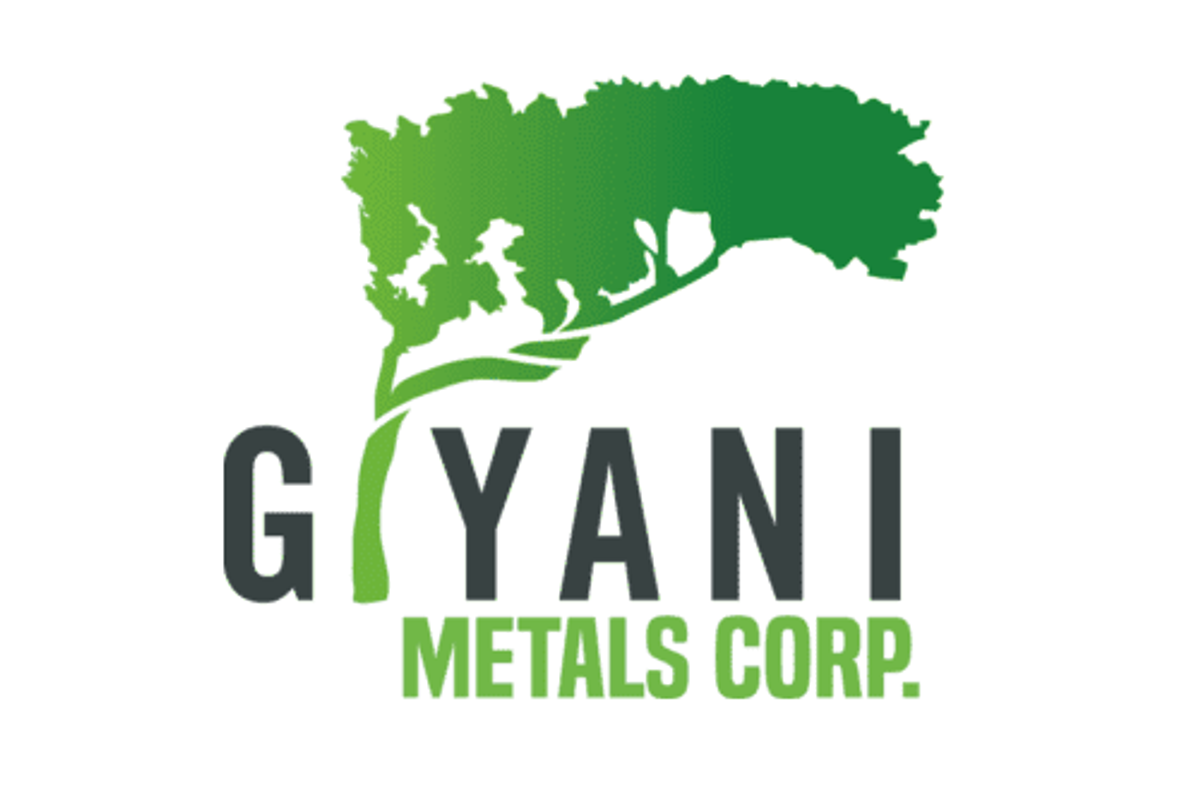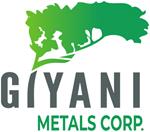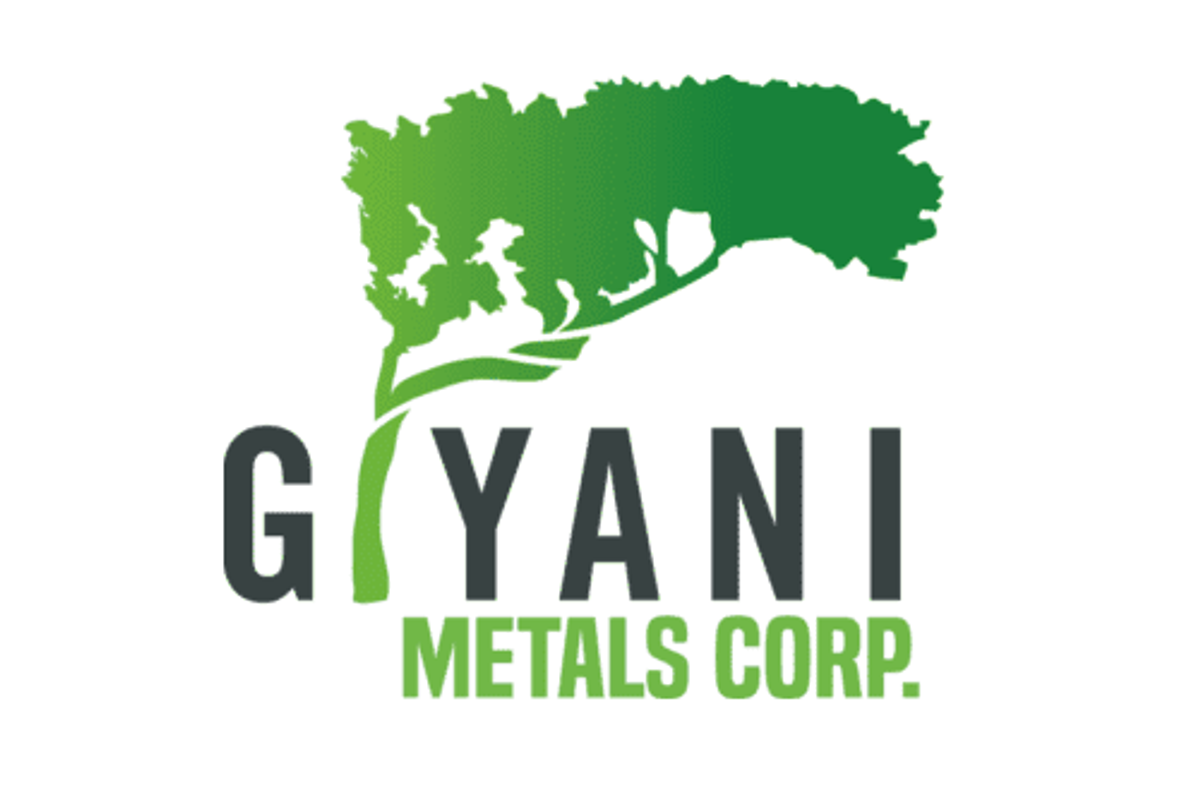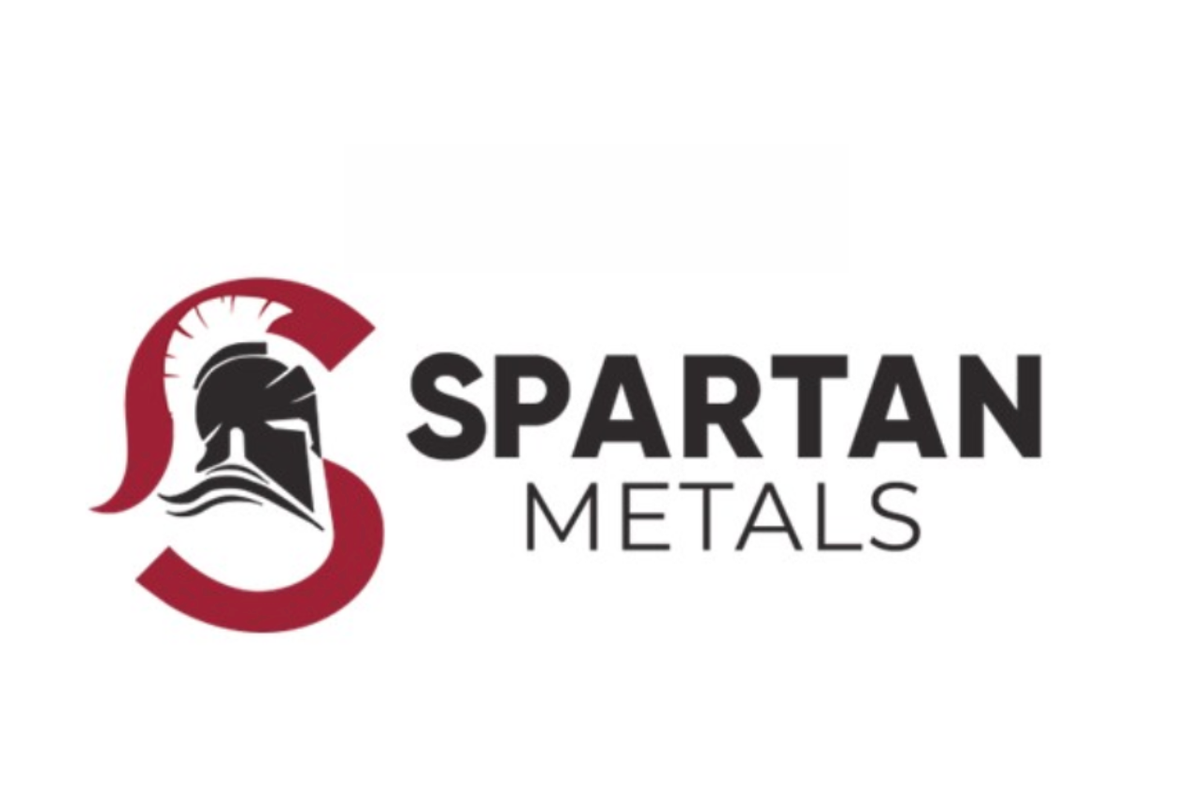
Not for distribution to U.S. newswire services or for dissemination in the United States
Giyani Metals Corp. (TSXV: EMM, GR: A2DUU8) (" Giyani " or the " Company ") is pleased to provide a corporate update, including the appointment of Ms. Nicola Spooner to the Giyani Board of Directors, with immediate effect, and appointment of strategic advisors to the Company.
Highlights
- Appointment of Nicola Spooner, a highly experienced environmental and social (" E&S ") advisory professional, as non-executive director of the Company
- Engagement of HCF International Advisers Limited (" HCF ") as financial advisor to assess various funding options for the Company's K.Hill battery grade manganese project in Botswana (" K.Hill Battery Manganese Project " or " K.Hill ")
- Appointment of Renmark Financial Communications (" Renmark ") to provide corporate communication and investor relations services
Board of Director Appointment
Ms. Spooner has 30 years' experience in the provision of E&S advisory services to the natural resources and clean energy sectors. She is an experienced team leader having led multiple Environmental and Social Impact Assessment and E&S Due Diligence assignments across the globe. Prior to joining Giyani, Ms. Spooner established the international environmental, social and governance practice for Hatch Associates (UK) and is founder of her own practice, Green Business Consulting Ltd. She is an expert in the E&S requirements of the international lending community, specifically Equator Principles and the IFC Standards on Environmental and Social Sustainability, and has advised multiple international financial institutions and mining and metals businesses on their decarbonization and sustainability strategies.
She joins the board immediately and will serve as the Chair of the Corporate Governance & Nominating Committee, replacing Mr. John Petersen who will remain on the Committee, and will join the Technical, HSE & Sustainability Committee. Following the appointment of Ms. Spooner, the Board will comprise seven directors, six of whom are independent.
Appointment of HCF International Advisers
Giyani also announces the engagement of HCF to provide a strategic funding review to assist the Company in analyzing various funding options for its flagship K.Hill Battery Manganese Project. HCF is a leading independent corporate finance advisory boutique based in London, UK with a primary focus on the mining and metals sector. HCF provides strategic and financial advice to companies across the project life cycle and has extensive financing and technical experience as well as expertise in the funding of critical minerals projects.
The Company is currently in discussions with a number of financial institutions with respect to the funding of the development of K.Hill and HCF will work with Giyani to review and evaluate optimal solutions for its future project funding requirements.
Appointment of Renmark Financial Communications
Renmark is a full service investor relations firm representing small, medium and large cap public companies trading on all major North American exchanges. Under the engagement, Renmark will be paid a monthly fee of CAD9,000, starting August 1, 2022, for an initial period of five months ending on December 31, 2022, and on a rolling monthly basis from then on. Renmark will assist with investor relations support, such as the organization and administration of roadshows.
Renmark does not have any direct or indirect interest in Giyani, its securities or any right or intent to acquire such an interest.
Jonathan Henry, Chair of the Company, commented:
"On behalf of my fellow directors, we are delighted that Nicola has agreed to join the Board of Giyani. As a Company, we place ESG at the centre of our business and adding a professional of Nicola's calibre and experience will be a huge benefit to the Company as we progress through development and operational activities."
Robin Birchall, CEO of the Company, commented:
"Firstly, on behalf of the Giyani team, I would like to welcome Nicola and express how incredibly pleased we are for her to join our company. Her significant expertise in the E&S sector will also help support the efforts of Marion Thomas, our VP of ESG, in maintaining our focus on sustainability as we develop the K.Hill Battery Manganese Project into a responsible, low-carbon producer of battery materials for the electric vehicle market.
With the impending release of our feasibility study for K.Hill and construction of our demonstration plant, Giyani has entered into a critical phase of its development. The appointment of Nicola, along with the engagement of HCF and Renmark, as strategic financial and investor relations advisors respectively, demonstrates how we are priming the Company for the exciting months ahead."
About Giyani
Giyani is a mineral resource company focused on becoming one of Africa's first low-carbon producers of high-purity manganese sulphate monohydrate (" HPMSM ") precursor materials directly from manganese oxide ore, used by battery manufacturers for the expanding electric vehicle market, through the advancement of its manganese assets in the Kanye Basin in south-eastern Botswana, (the " Kanye Basin Prospects ") through its wholly-owned Botswana subsidiary Menzi Battery Metals (Pty) Limited. The Company's Kanye Basin Prospects consist of 10 prospecting licences and include the past producing Kgwakgwe Hill mine and project, referred to as the K.Hill Battery Manganese Project, the Otse and Lobatse manganese prospects, both of which have seen historical mining activities.
The Company is currently undertaking a feasibility study on the K.Hill Project, following an updated preliminary assessment report announced on April 12, 2021, with a post-tax NPV of USD332 million and post-tax IRR of 80%, based on a development plan to produce around 891,000 tonnes of HPMSM over a 10 year project life. An updated 43-101 technical report on the K.Hill Project is available on www.sedar.com and on the Company's website at www.giyanimetals.com.
On behalf of the Board of Directors of Giyani Metals Corp.
Robin Birchall, CEO
Contact:
Robin Birchall CEO, Director
+44 7711 313019
rbirchall@giyanimetals.com
George Donne
VP Business Development
+44 7866 591 897
gdonne@giyanimetals.com
Judith Webster
Corporate Secretary
+1 416 453 8818
jwebster@giyanimetals.com
Neither the TSX Venture Exchange (the "TSXV") nor its Regulation Services Provider (as that term is defined in the policies of the TSXV) accepts responsibility for the adequacy or accuracy of this news release.
The securities described herein have not been registered under the United States Securities Act of 1933, as amended (the "U.S. Securities Act"), or any state securities laws, and accordingly, may not be offered or sold to, or for the account or benefit of, persons in the United States or "U.S. persons," as such term is defined in Regulation S promulgated under the U.S. Securities Act ("U.S. Persons"), except in compliance with the registration requirements of the U.S. Securities Act and applicable state securities requirements or pursuant to exemptions therefrom. This press release does not constitute an offer to sell or a solicitation of an offer to buy any of the Company's securities to, or for the account of benefit of, persons in the United States or U.S. Persons.
Forward Looking Information
This press release contains "forward-looking information" within the meaning of applicable Canadian securities legislation. All statements in this news release, other than statements of historical fact, that address events or developments that Giyani expects to occur, are "forward-looking statements". Forward-looking statements are statements that are not historical facts and are generally, but not always, identified by the words "expects", "does not expect", "plans", "anticipates", "does not anticipate", "believes", "intends", "estimates", "projects", "potential", "scheduled", "forecast", "budget" and similar expressions, or that events or conditions "will", "would", "may", "could", "should" or "might" occur. Specific forward-looking statements and forward-looking information herein includes completion of receipt of TSXV approval for the private placement and completion of the private placement.
All such forward-looking statements are based on the opinions and estimates of the relevant management as of the date such statements are made and are subject to certain assumptions, important risk factors and uncertainties, many of which are beyond Giyani's ability to control or predict. Forward-looking statements are necessarily based on estimates and assumptions that are inherently subject to known and unknown risks, uncertainties and other factors that may cause actual results, level of activity, performance or achievements to be materially different from those expressed or implied by such forward-looking statements. In the case of Giyani, these facts include their anticipated operations in future periods, planned exploration and development of its properties, and plans related to its business and other matters that may occur in the future. This information relates to analyses and other information that is based on expectations of future performance and planned work programs.
Forward-looking information is subject to a variety of known and unknown risks, uncertainties and other factors which could cause actual events or results to differ from those expressed or implied by the forward-looking information, including, without limitation: inherent exploration hazards and risks; risks related to exploration and development of natural resource properties; uncertainty in Giyani's ability to obtain funding; commodity price fluctuations; recent market events and conditions; risks related to the uncertainty of mineral resource calculations and the inclusion of inferred mineral resources in economic estimation; risks in how the world-wide economic and social impact of COVID-19 is managed; risks related to governmental regulations; risks related to obtaining necessary licenses and permits; risks related to their business being subject to environmental laws and regulations; risks related to their mineral properties being subject to prior unregistered agreements, transfers, or claims and other defects in title; risks relating to competition from larger companies with greater financial and technical resources; risks relating to the inability to meet financial obligations under agreements to which they are a party; ability to recruit and retain qualified personnel; and risks related to their directors and officers becoming associated with other natural resource companies which may give rise to conflicts of interests. This list is not exhaustive of the factors that may affect Giyani's forward-looking information. Should one or more of these risks and uncertainties materialize, or should underlying assumptions prove incorrect, actual results may vary materially from those described in the forward-looking information or statements.
Giyani's forward-looking information is based on the reasonable beliefs, expectations and opinions of their respective management on the date the statements are made, and Giyani does not assume any obligation to update forward looking information if circumstances or management's beliefs, expectations or opinions change, except as required by law. For the reasons set forth above, investors should not place undue reliance on forward-looking information. For a complete discussion with respect to Giyani and risks associated with forward-looking information and forward-looking statements, please refer to Giyani's Annual Information Form, all of which are filed on SEDAR at www.sedar.com .






